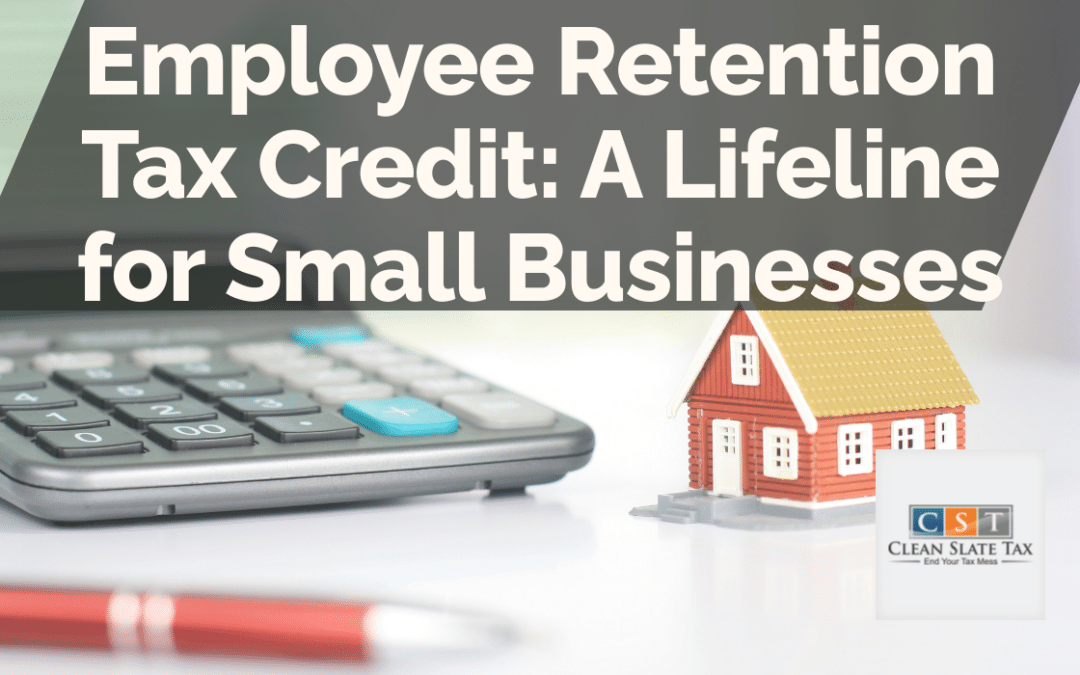In the topsy-turvy world of business where companies fight fiercely for market dominance, one aspect remains vitally important – the strength of the workforce. Employees are a company’s biggest assets, and retaining them is a massive challenge that every business faces. To help address this crucial issue, various initiatives like the Employee Retention Tax Credit (ERTC) have been introduced. This lucrative tax credit scheme has come as a breath of fresh air for many struggling small and medium-sized companies, particularly in these tough economic times.
Understanding the Employee Retention Tax Credit
The Employee Retention Tax Credit is an initiative by the U.S government designed to help businesses retain their employees during crises like the COVID-19 pandemic. Originally part of the CARES Act, the ERTC is a fully refundable tax credit for employers equal to 70 percent of qualified wages that an eligible employer pays to employees.
The Benefits of the ERTC
The ERTC offers several benefits that can significantly help small companies weather these difficult economic times. With its increased rates and extended deadlines, here are key reasons why the ERTC might be a critical lifeline for your business:
- The ERTC helps companies reduce their federal payroll tax liability.
- It provides immediate cash flow.
- It allows small businesses to keep their valuable employees during crisis periods.
How to Qualify for the ERTC
Every small business looking to claim the ERTC must meet certain criteria. Primarily, they must experience a significant decline in gross receipts or be subject to a government-mandated shutdown order. The specific details vary, so consult a tax advisor or financial professional for personalized guidance.
Frequently Asked Questions
What is considered “qualified wages” for the ERTC?
Qualified wages include the cash compensation paid to employees and the cost of employer-provided health care.
Can a business that receives a PPP loan still qualify for the ERTC?
Yes. Recent legislative changes allow businesses that receive Paycheck Protection Program loans to also claim the ERTC, although not for the same payroll costs.
What periods does the ERTC cover?
The ERTC can be claimed for wages paid after March 12, 2020, and before January 1, 2022.
In conclusion, the Employee Retention Tax Credit has become an important tool for businesses during the economic downturn. It provides them with an effective method to maintain their workforce without compromising their financial stability. By understanding the benefits and how to qualify for the ERTC, small businesses can get the lifeline they need to survive and thrive during difficult times.





